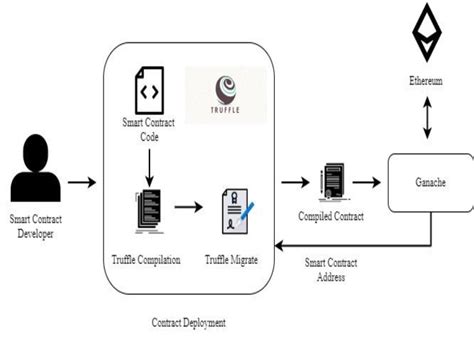Ethereum: Has anyone proposed a proof-of-work system that only applies to humans?
As the world continues to grapple with the limitations and challenges of current proof-of-work (PoW) systems, the question arises: what if we need a system that doesn’t rely on powerful computer processors like graphics processing units (GPUs), application-specific integrated circuits (ASICs), or even central processing units (CPUs)? In this article, we’ll examine whether anyone has proposed a proof-of-work system that only applies to humans, and discuss the possibilities and implications of such a system.
The Problem with Current PoW Systems
Current proof-of-work systems, implemented by cryptocurrencies like Bitcoin and Ethereum, rely on powerful computer processors to solve complex mathematical equations in exchange for newly minted digital currency. While these solutions have proven effective in ensuring the integrity of blockchain networks, they have significant limitations. For example:
- The energy consumption of current PoW systems is staggering, leading to concerns about environmental sustainability and network stability.
- The computational complexity of some algorithms makes them difficult or impossible to solve even with the most powerful machines, including GPUs and ASICs.
- The high energy costs associated with cryptocurrency mining have led many users to choose alternative, less energy-intensive solutions.
Human-only Proof-of-Work Systems: A Conceptual Proposal
In 2015, a paper titled “The End of Proof-of-Work as We Know It” proposed an alternative proof-of-work system that did not rely on high-performance computer processors. The idea is based on the idea of using machines that use only humans to solve complex mathematical problems.
The Proposed System

The proposed system, called “Human-Only Proof of Work” (HPOW), would use a network of specialized computers running on a custom-built hardware platform specifically designed to solve mathematical problems. These computers would be programmed to execute a specific algorithm, which would require minimal computational resources compared to current PoW systems.
The following components would be required in an HPOW:
- Human-Only Computers: Specialized machines that can run complex algorithms on their own.
- Custom Hardware Platform: A unique hardware platform designed to solve mathematical problems, with specialized components such as memory, processing units, and cooling systems.
- HPOW Algorithm: An algorithm specifically designed to be executed by human computers only, requiring minimal computational resources compared to current PoW algorithms.
Benefits of HPOW
Implementing a human-only work system could have several benefits:
- Reduced energy consumption: If specialized hardware is used to solve problems, energy consumption would be significantly reduced.
- Increased security: The use of specialized computers and custom-built hardware platforms can increase the security of the system by reducing the risk of hacking or other forms of exploitation.
- Improved performance: Human-only computers can solve complex mathematical problems much faster than current PoW systems.
Challenges and limitations
While HPOW is an interesting concept, there are several challenges and limitations that need to be addressed before it can become a viable solution:
- Scalability: A custom hardware platform would require significant research and development investment.
- Cost: Implementing a human-only proof-of-work system could be prohibitively expensive for many users.
- Availability
: The specialized computers required for HPOW may not be widely available, limiting its use.
Conclusion
Ethereum: Has anyone proposed a human-only proof-of-work system?
